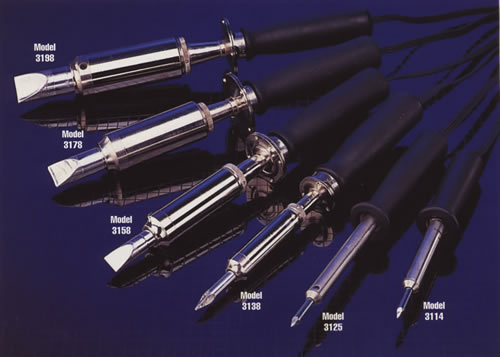...wanted to get folks' opinions/tips/suggestions/solutions/reactions...... And I can't be the only person that has this happen...this is a rambling two-part question/survey...
How do you manage your solder joints when/if you discover, after you have soldered on a cover, that the cover is scratched or damaged and you have to replace it... and resoldering a new cover on the pickup begins to make the joints on the baseplate look less than perfect . ...I have tried the solder sucker, and desoldering braid to remove excess solder but I don't think they work that well and still don't tidy up nicely. The joints on the baseplate can start looking a bit funky. I also don't cut the joints like some folks (which would probably help) ...I use the razor blade technique and reheat the solder joints to remove the cover and I re-attach with a little more solder.
In rare instances I have had to replace a cover twice because of discovering damage ...by this time the joints are beginning to look a little unwildly. I don't want to trash the pickup because it's fine and transferring everything over to a new baseplate/harness is a real headache and a time eater..but the solder joints appear less than perfect by my standards. The pickup is fine and the replacement cover is fine...but the solder joints are a little blobby.
First, do you have any suggestions that would help?
Second, let's say you're fillling an order for a customer, what would you do if you had a pickup with less then perfect solder joints? Pick one answer...
a. Not worry about it if the joints look a little blobby because some old Gibson pickups and even PAFs had blobby joints.
b. Trash the pickup and start all over again because you're afraid that your customers will think less of you and talk about you like a dog on the forums.
c. Transfer everything over to a new harness which will put you further behind schedule and cause your backlog of customers to damn you to hell....
d. Other_________

How do you manage your solder joints when/if you discover, after you have soldered on a cover, that the cover is scratched or damaged and you have to replace it... and resoldering a new cover on the pickup begins to make the joints on the baseplate look less than perfect . ...I have tried the solder sucker, and desoldering braid to remove excess solder but I don't think they work that well and still don't tidy up nicely. The joints on the baseplate can start looking a bit funky. I also don't cut the joints like some folks (which would probably help) ...I use the razor blade technique and reheat the solder joints to remove the cover and I re-attach with a little more solder.
In rare instances I have had to replace a cover twice because of discovering damage ...by this time the joints are beginning to look a little unwildly. I don't want to trash the pickup because it's fine and transferring everything over to a new baseplate/harness is a real headache and a time eater..but the solder joints appear less than perfect by my standards. The pickup is fine and the replacement cover is fine...but the solder joints are a little blobby.
First, do you have any suggestions that would help?
Second, let's say you're fillling an order for a customer, what would you do if you had a pickup with less then perfect solder joints? Pick one answer...

a. Not worry about it if the joints look a little blobby because some old Gibson pickups and even PAFs had blobby joints.
b. Trash the pickup and start all over again because you're afraid that your customers will think less of you and talk about you like a dog on the forums.
c. Transfer everything over to a new harness which will put you further behind schedule and cause your backlog of customers to damn you to hell....
d. Other_________


Comment